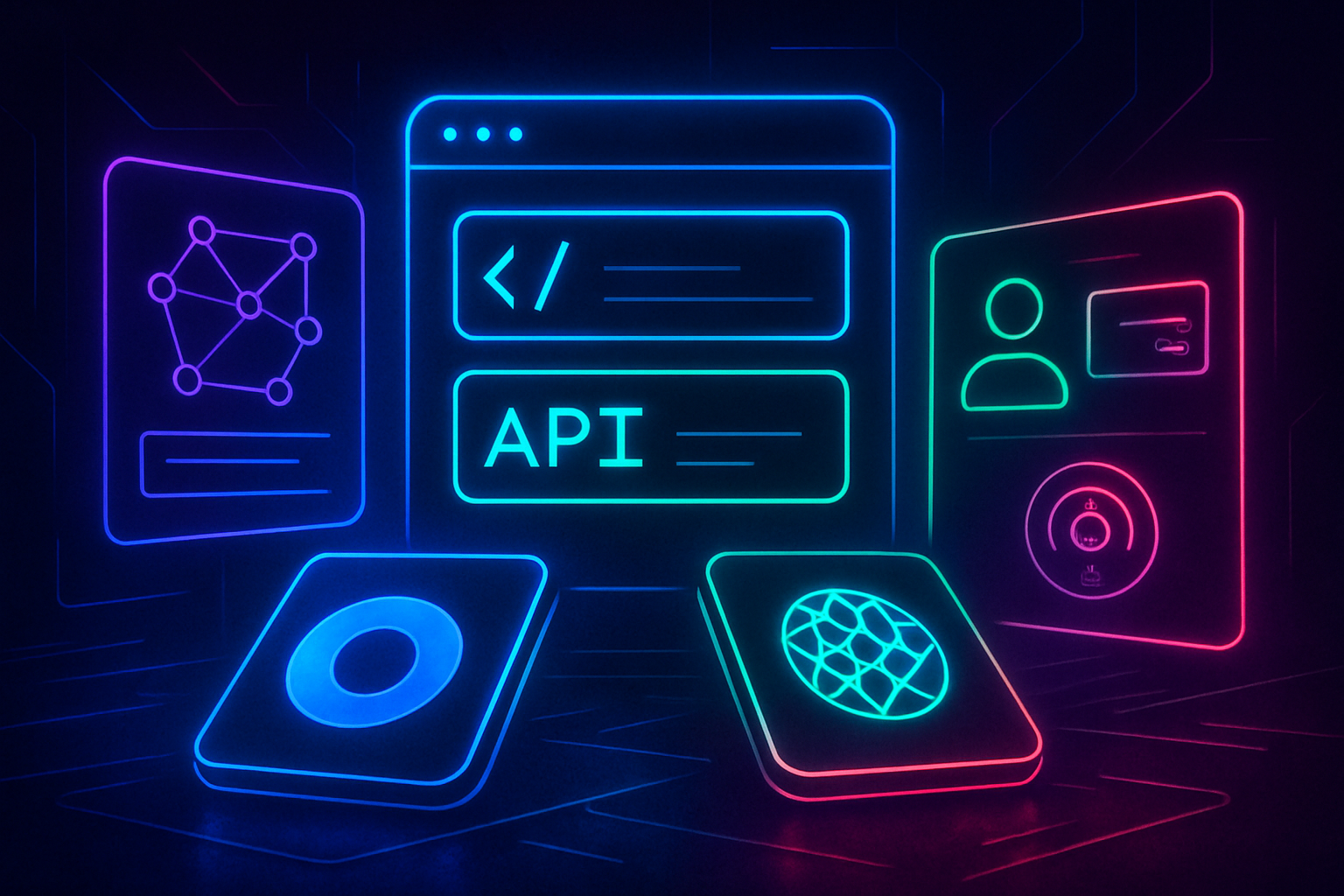
Building a SocialFi app on the Base blockchain is an exciting opportunity to shape the next generation of decentralized social networks. As the SocialFi ecosystem matures, developers are empowered with robust tools and resources uniquely tailored for Base’s Layer 2 infrastructure. Whether you’re an experienced smart contract engineer or just beginning your journey in decentralized social app development, understanding and leveraging the right stack is essential for a secure, scalable, and user-friendly platform.

Why Build SocialFi Apps on Base?
Base, Coinbase’s Ethereum Layer 2 solution, is purpose-built for high-throughput decentralized applications (DApps) like SocialFi platforms. It offers rapid finality, low fees, and seamless interoperability with Ethereum’s security guarantees. This makes it an ideal foundation for apps that blend social engagement with features like tokenized rewards, NFT interactions, and decentralized governance.
The current market context underscores a surge in developer activity on Base, especially as projects like Farcaster and Friend. tech set new standards for privacy-centric, monetizable social experiences. With major protocols now live on mainnet and onboarding SDKs rapidly evolving, there’s never been a better time to build.
The Top 5 Essential Tools and Resources for Building SocialFi Apps on Base
Top 5 Essential Tools for Building SocialFi Apps on Base
-
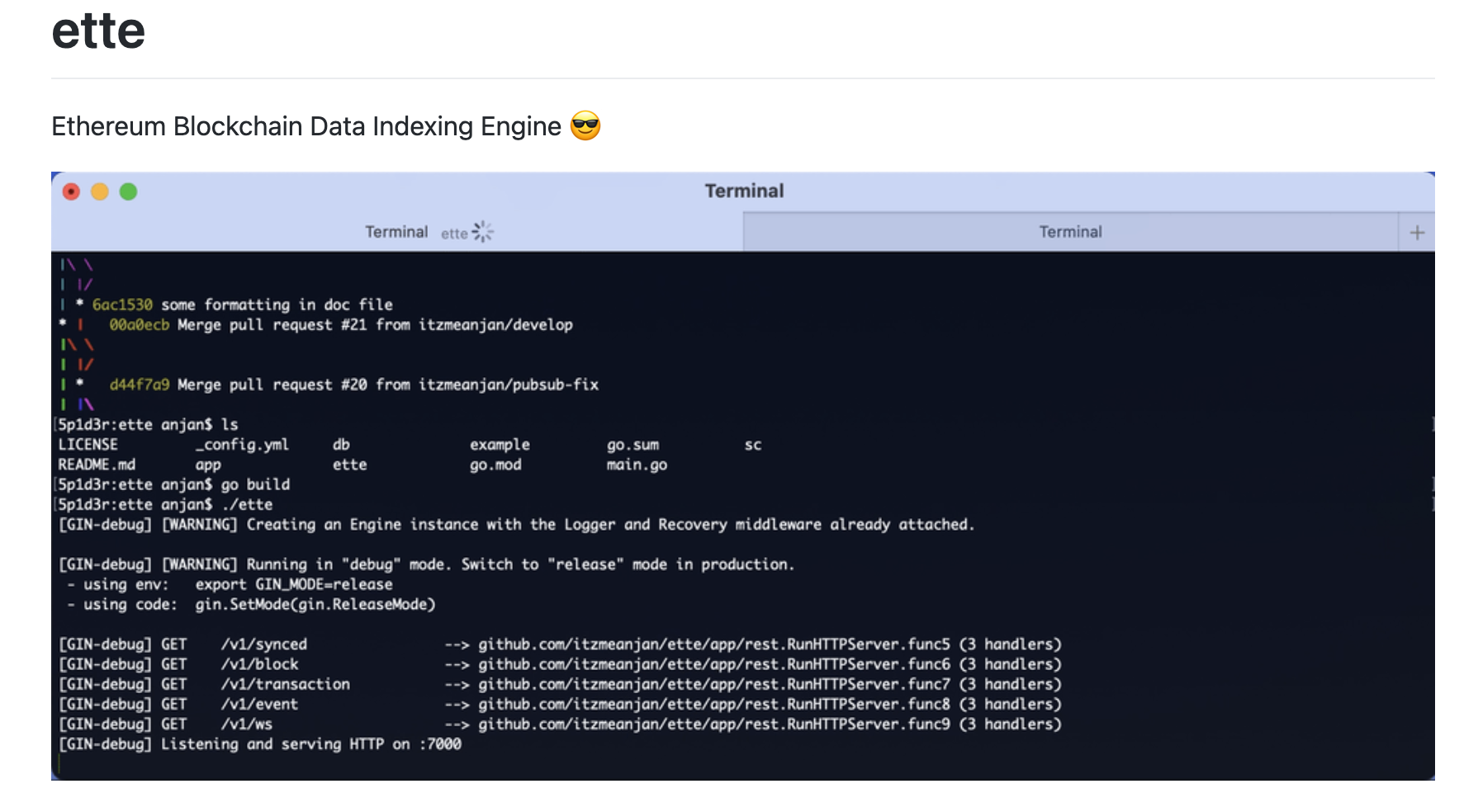
Base SDK & Developer Documentation – The official Base SDK and documentation provide comprehensive resources for building, deploying, and scaling decentralized applications on Coinbase’s Layer 2 network. This toolkit includes APIs, tutorials, and guides tailored for seamless integration with Base’s scalable infrastructure.
-
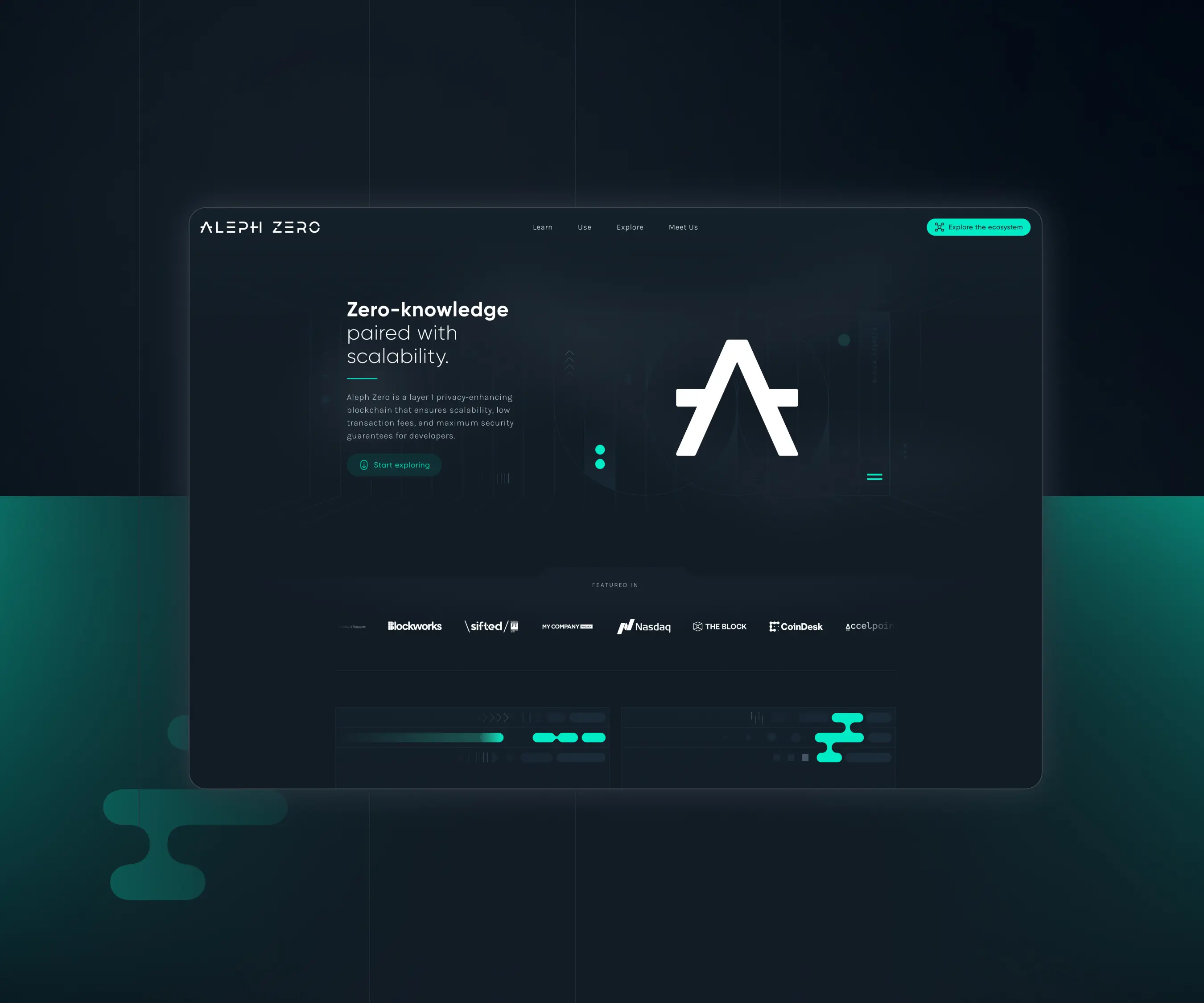
Farcaster Protocol & Developer Tools – Farcaster is a decentralized social protocol enabling user-owned identities and social graphs. Its open developer tools empower SocialFi apps to build interoperable social experiences with privacy, portability, and composability at their core.
-
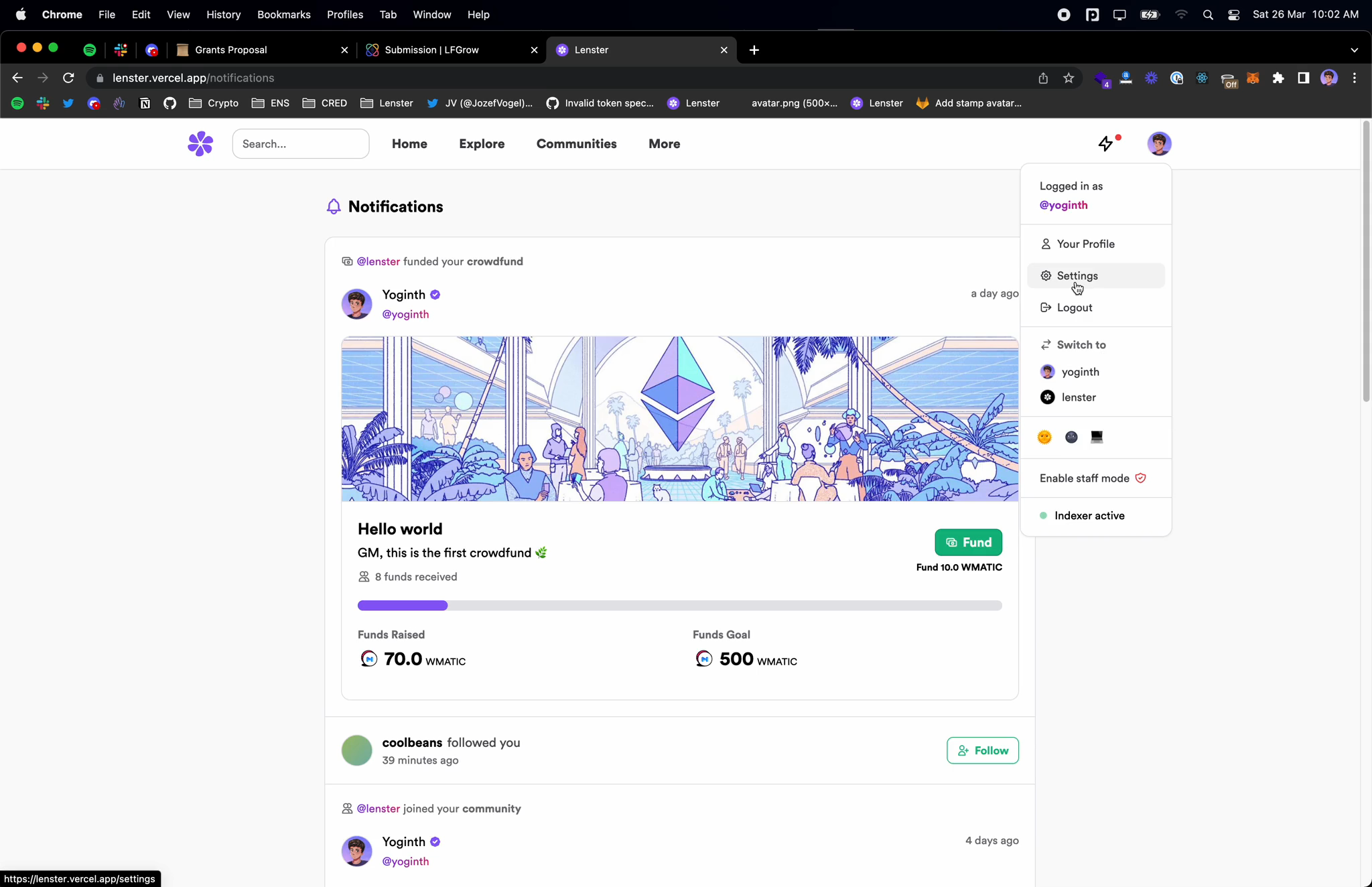
Lens Protocol Mainnet SDK – The Lens Protocol Mainnet SDK offers a robust suite for creating decentralized social networks. Now live on mainnet, it provides modules for organic content distribution, monetization, and user engagement, making it ideal for SocialFi app development.
-
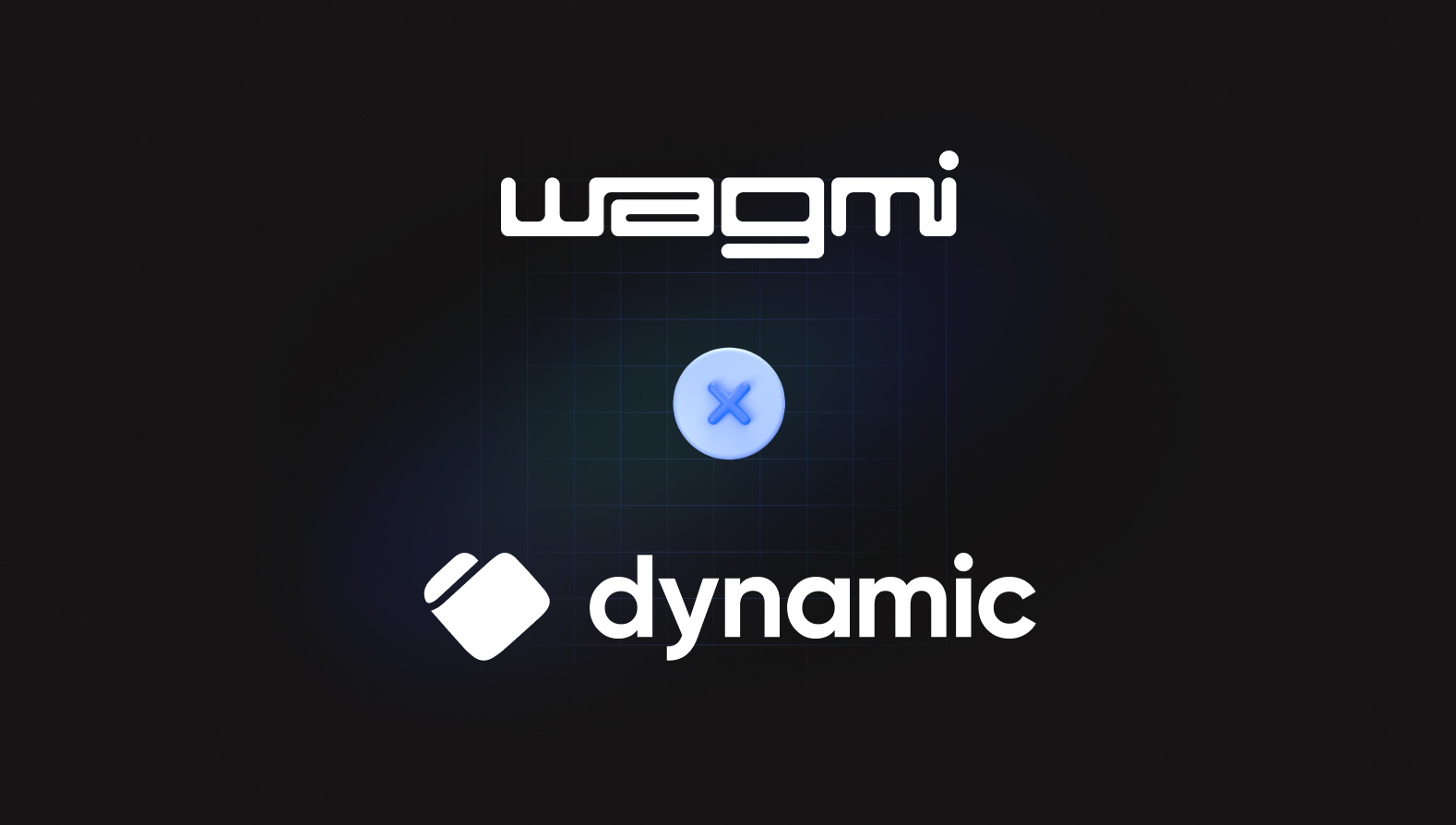
Dynamic.xyz Wallet Login & Social Onboarding SDK – Dynamic.xyz delivers a powerful SDK for Web3 wallet login and seamless social onboarding. It simplifies user authentication, supports multiple wallets, and enhances the onboarding experience for SocialFi platforms on Base.
-

Coinbase Wallet Integration for Base – Integrating Coinbase Wallet enables secure, user-friendly access to Base-powered SocialFi apps. With native Base support, developers can facilitate smooth wallet connections, transaction signing, and asset management for their users.
Let’s break down each of these critical building blocks:
1. Base SDK and Developer Documentation
The Base SDK provides comprehensive resources for developers looking to build directly on Base. Its developer documentation covers everything from network architecture to deploying contracts using Solidity or Vyper. The SDK streamlines wallet integration, transaction management, and smart contract deployment, key pillars of any robust SocialFi app.
Diving into the docs early helps you design efficient data flows between off-chain storage (for media) and on-chain verification. The modularity of the Base stack means you can adapt your backend architecture as your user base grows or as new features emerge in the ecosystem.
2. Farcaster Protocol and Developer Tools
Farcaster has quickly become one of the most influential protocols within the Base ecosystem for decentralized social communication. Its open-source developer tools give you granular control over identity management (via Decentralized Identifiers), content posting permissions, and feed algorithms, all while ensuring users retain ownership over their data.
If privacy-first communication is at the heart of your product vision, or if you’re inspired by emerging models like permissionless social graphs, Farcaster is a must-explore protocol when building atop Base.
3. Lens Protocol Mainnet SDK
The Lens Protocol Mainnet SDK, now live at lens.xyz, radically simplifies building rich SocialFi experiences with built-in monetization options. Lens offers composable modules for profiles, content creation (posts/mirrors/collects), NFTs-as-social-objects, and organic distribution mechanisms that help your app gain traction without massive marketing spend.
Loyalty rewards? NFT-driven memberships? Tipping systems? Lens makes these features plug-and-play while maintaining true Web3 interoperability across wallets and dApps.
Streamlined Onboarding and Wallet Integration
No matter how innovative your SocialFi concept is, onboarding friction can kill growth before it starts. That’s where Dynamic. xyz’s onboarding suite and Coinbase Wallet integration come into play, two more essentials we’ll explore in detail next.
Which tool do you find most critical when building a SocialFi app on Base?
Developers have a range of tools and resources to choose from when building SocialFi applications on Base. Which of these do you consider the most essential for your project?
4. Dynamic. xyz Wallet Login and Social Onboarding SDK
Seamless onboarding is a non-negotiable for any successful SocialFi app. Dynamic. xyz’s Wallet Login and Social Onboarding SDK offers an all-in-one toolkit to help you implement frictionless user authentication, wallet connection, and social profile creation. With Dynamic, users can sign in using familiar wallets like MetaMask or Trust Wallet, while also supporting email-based onboarding for Web2 newcomers. This dramatically lowers the barrier to entry and creates a smoother transition from traditional social platforms to your decentralized app.
The SDK’s modularity means you can customize onboarding flows to suit your community, whether that’s prioritizing privacy, gamifying account creation, or integrating referral bonuses. Developers benefit from robust documentation and ongoing support as new wallet standards emerge on Base.
5. Coinbase Wallet Integration for Base
Coinbase Wallet is one of the most trusted non-custodial wallets in the crypto ecosystem, and its native integration with Base makes it an essential piece of your SocialFi stack. By supporting Coinbase Wallet out-of-the-box, you enable millions of existing Coinbase users to connect with just a few clicks, no seed phrases or manual network configuration required.
This not only accelerates user acquisition but also unlocks advanced features like in-app token swaps, NFT management, and direct fiat onramps. The integration is well-documented within Base’s official docs, ensuring developers can quickly add wallet connectivity without compromising on security or UX.
Building a Cohesive SocialFi Experience on Base
The real magic happens when these tools are used together. Imagine leveraging Farcaster’s decentralized identity graph for reputation scoring, Lens Protocol for viral content mechanics, Dynamic. xyz for onboarding that feels as smooth as Web2 apps, and Coinbase Wallet for effortless asset management, all secured by Base’s high-throughput infrastructure.
Developers who thoughtfully combine these resources can deliver apps that are not only technically sound but also genuinely enjoyable for end-users. The result: vibrant communities where creators are rewarded transparently and users own their data.
How Each Tool Integrates Into the SocialFi Development Lifecycle
-
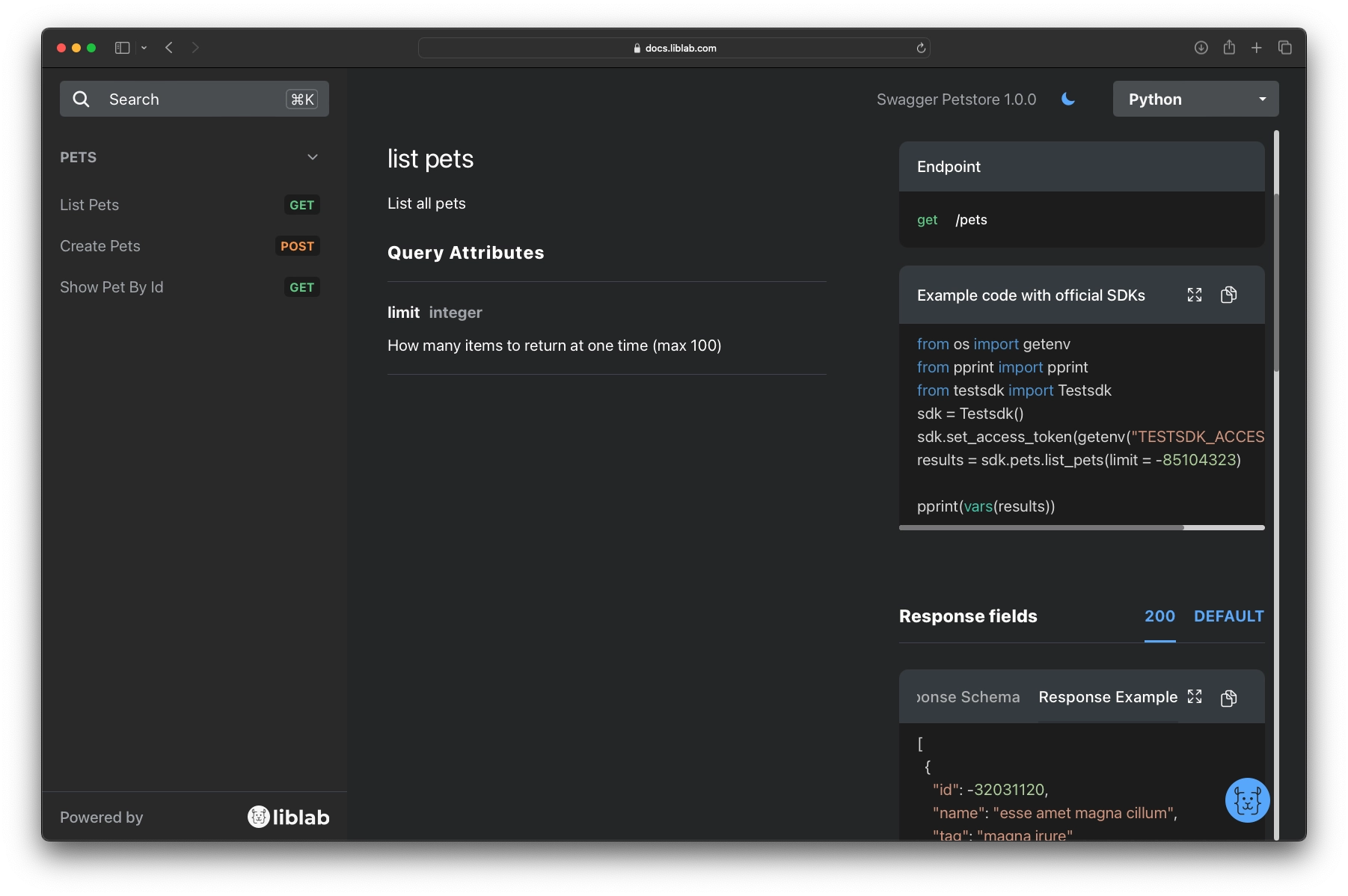
Base SDK and Developer Documentation (base.org/docs): The official SDK and docs provide foundational resources for building, deploying, and scaling SocialFi apps on Base. They guide developers through smart contract integration, on-chain data management, and best practices for leveraging Base’s scalability and security.
-
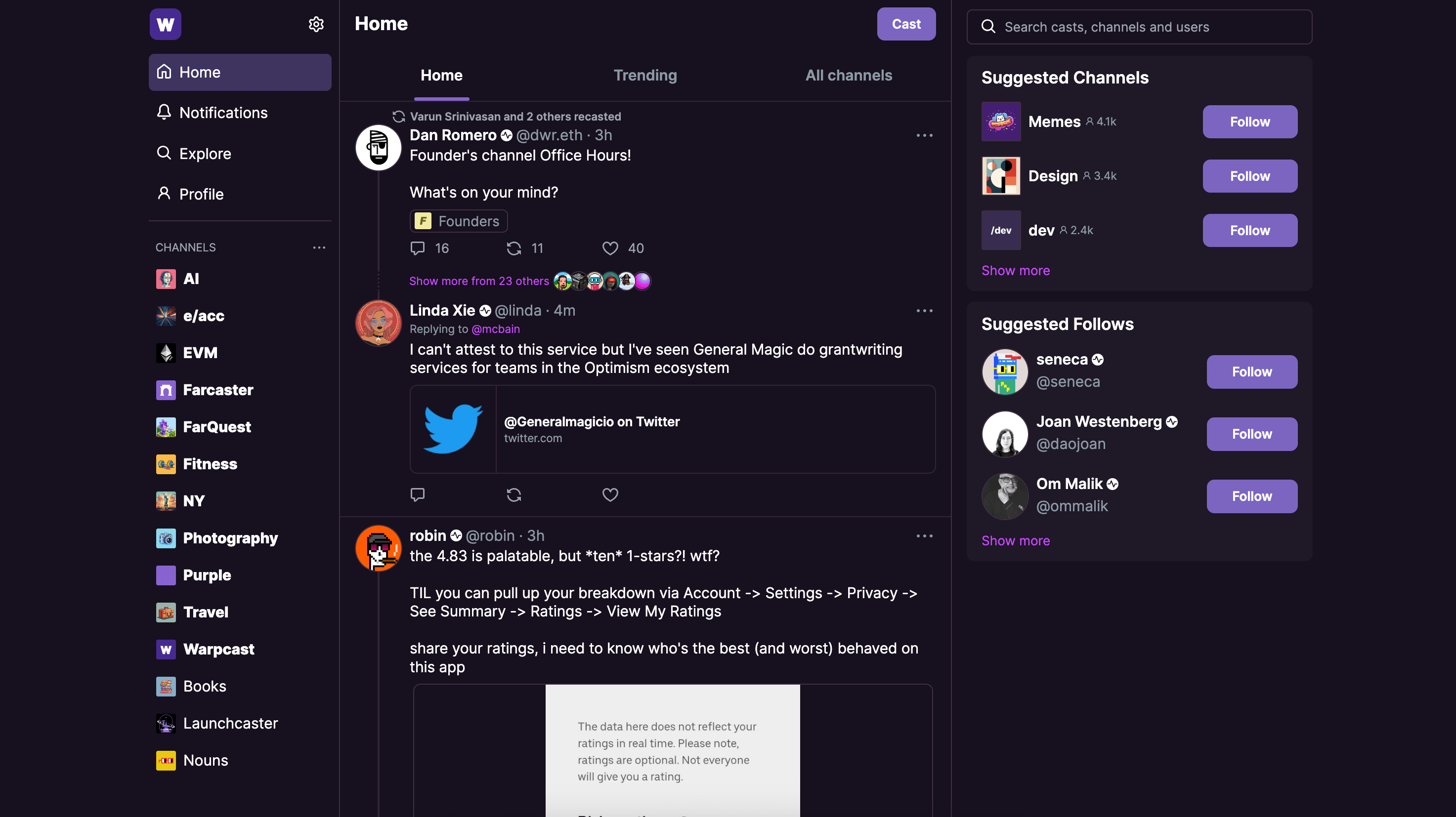
Farcaster Protocol and Developer Tools: Farcaster offers a decentralized social protocol and a suite of developer tools, enabling the creation of user-owned social graphs and secure messaging. Integrating Farcaster allows SocialFi apps to empower users with data ownership and composable social features.
-
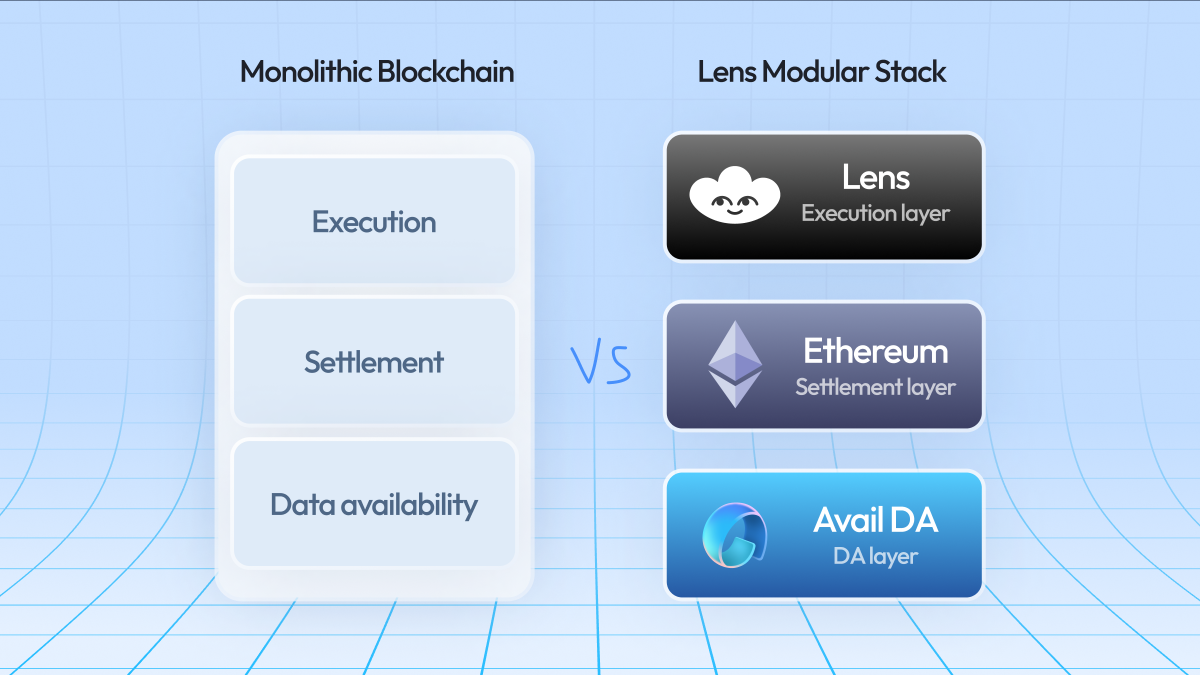
Lens Protocol Mainnet SDK (lens.xyz): Lens provides a robust SDK for building SocialFi experiences with organic content distribution and instant monetization on mainnet. It simplifies social graph management and enables developers to implement features like profiles, follows, and content publishing efficiently.
-
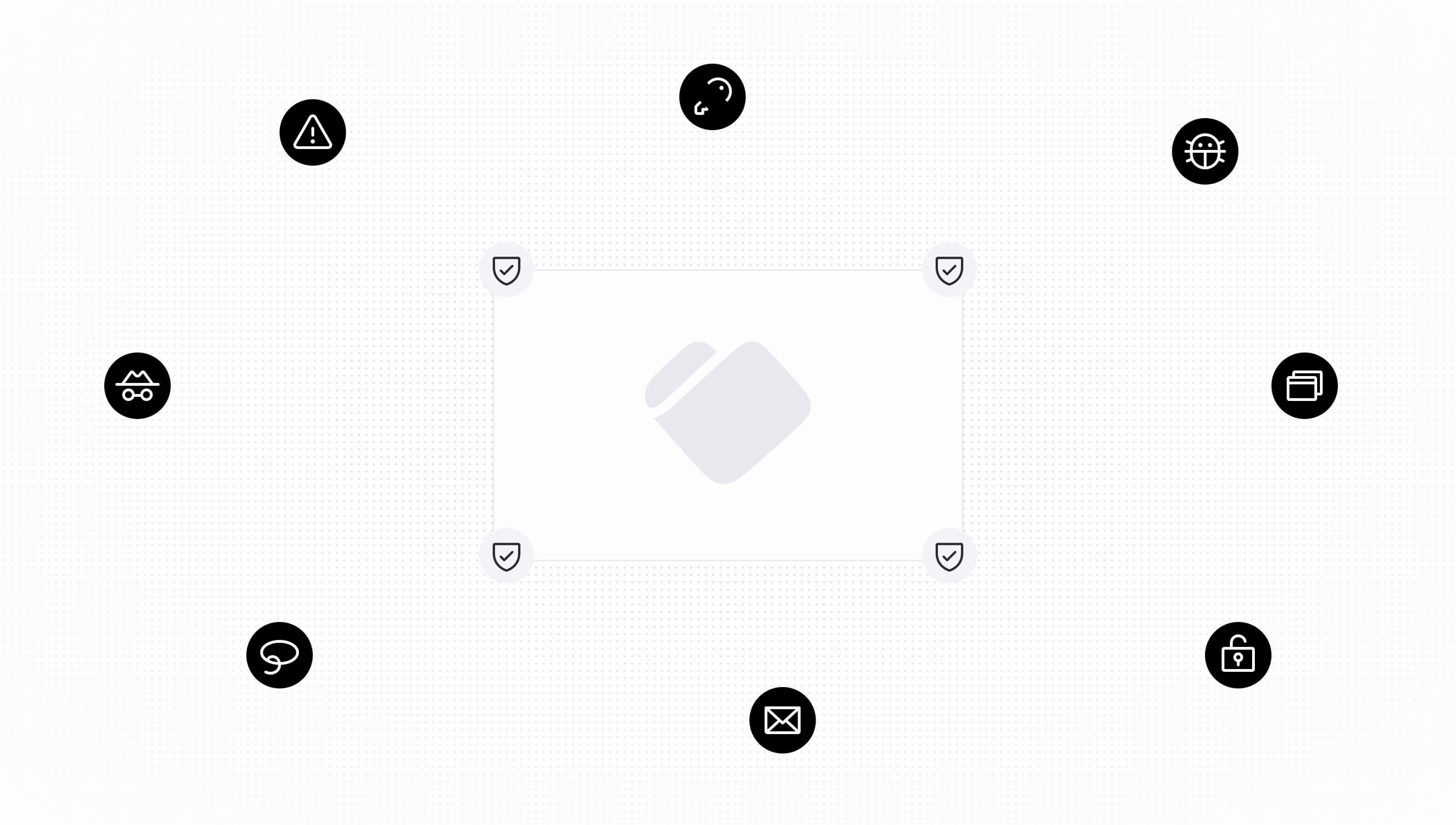
Dynamic.xyz Wallet Login & Social Onboarding SDK: Dynamic.xyz delivers seamless wallet login and social onboarding solutions, making it easy for users to authenticate, onboard, and interact with SocialFi platforms using their preferred crypto wallets. This tool streamlines user acquisition and enhances onboarding flows.
-
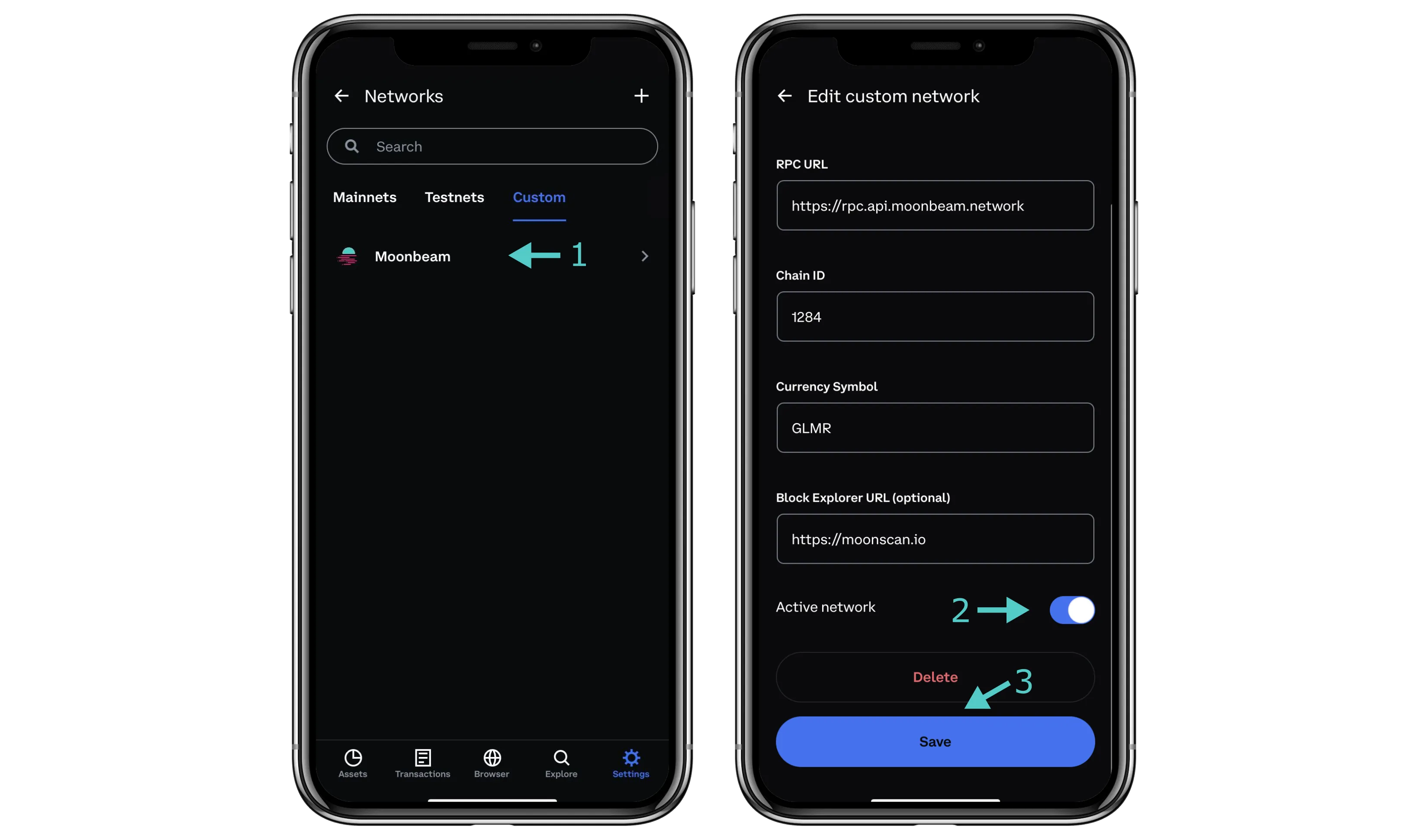
Coinbase Wallet Integration for Base: Integrating Coinbase Wallet ensures secure, user-friendly access to SocialFi apps on Base. It supports decentralized identity, asset management, and transaction signing, providing a familiar entry point for both new and experienced users.
Next Steps: Learning, Iterating, and Launching
As you move from prototype to production-ready launch on Base, keep an eye on evolving best practices within the ecosystem:
- Stay current: Regularly review updates in the Base developer documentation, Farcaster protocol releases, and Lens SDK changelogs.
- Engage the community: Participate in hackathons and forums, feedback from other builders is invaluable when refining your app’s UX or tokenomics.
- Test thoroughly: Leverage testnets before mainnet deployment to ensure security across smart contracts and wallet integrations.
- Iterate fast: Use analytics tools compatible with Base to monitor user behavior and rapidly ship improvements based on real-world usage patterns.
The SocialFi landscape on Base is evolving at breakneck speed. By anchoring your development process around these five essential tools, Base SDK/docs, Farcaster Protocol/tools, Lens Protocol Mainnet SDK, Dynamic. xyz onboarding suite, and Coinbase Wallet integration, you’ll be well-positioned to build apps that set new standards for decentralized social engagement.



